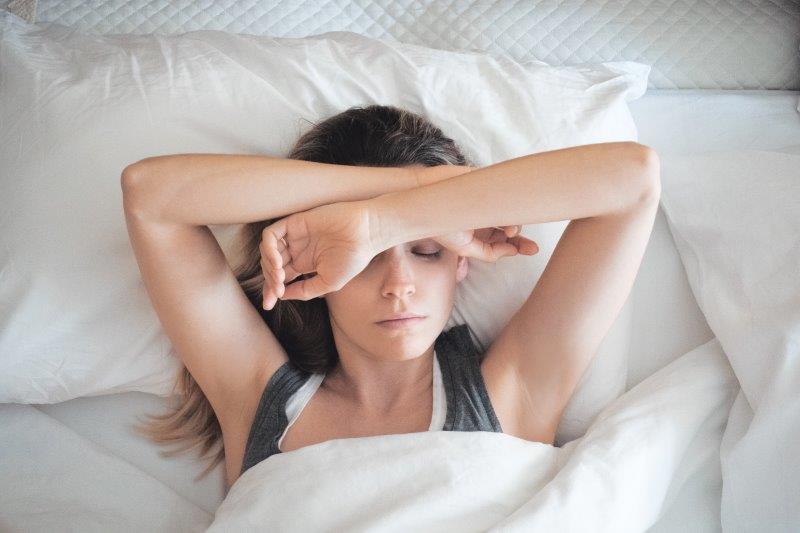Winter playing the moody blues?
26th, Jan 2018
Seasonal affective disorder (SAD) is a type of depression that comes and goes in a seasonal pattern. SAD is sometimes known as "winter depression" because the symptoms are more apparent and tend to be more severe during the winter. The symptoms often begin in the autumn as the days start getting shorter. They're typically most severe during December, January and February.
When Winter Plays The Moody Blues
Seasonal affective disorder (SAD) is a type of depression that comes and goes in a seasonal pattern. SAD is sometimes known as "winter depression" because the symptoms are more apparent and tend to be more severe during the winter. The symptoms often begin in the autumn as the days start getting shorter. They're typically most severe during December, January and February.
SAD often improves and disappears in the spring and summer, although it may return each autumn and winter in a repetitive pattern.
Symptoms of SAD can include:
- a persistent low mood
- a loss of pleasure or interest in normal everyday activities
- irritability
- feelings of despair, guilt and worthlessness
- feeling lethargic (lacking in energy) and sleepy during the day
- sleeping for longer than normal and finding it hard to get up in the morning
- craving carbohydrates and gaining weight
For some people, these symptoms can be severe and have a significant impact on their day-to-day activities.
However there is light at the end of the tunnel as SAD can be treated with Light Therapy and 3fivetwoMediShop has just launched a new light therapy range for those who suffer with the symptoms of SAD
Wake-up lights, SAD lights and acne light therapy
Many people have to get up earlier than they'd like - to commute, start shift work or to train - and find it a struggle to get going. Teenagers often languish in bed because they stayed up late. Some people would simply say they are 'not a morning person'. Whatever the reason, many of us do not feel awake in the mornings. We manage, but we are not at our best, and often become fatigued later in the day.
Finding it hard to get up is often a biological problem, where the systems in our brain that control our sleep have got out of sync. This creates sleep inertia, the inability to feel alert and perform when we first awake.
Feeling awake through light therapy
Studies have shown that wake-up lights like the Lumie Bodyclock, that gradually turn on and get brighter during the last 30 minutes of sleep, can reduce complaints of sleep inertia. The light stimulates production of hormones that help us to get up and go, while suppressing those that bring on sleep.
Oversleeping in the morning could also indicate that your body clock is set at a later time than desired. The light of Bodyclock can help to reset the body’s natural rhythms to suit the working day better and make you feel more awake and refreshed when you have to get up. Lumie’s lightboxes, which can be switched on while you eat breakfast, will also help to reset the body clock.
Adjusting your body clock with bright light will not only help you to feel more awake in the morning. It will lift your mood, energy and productivity all day, and help you to feel ready for sleep when it’s time for bed.
Many people eat and sleep slightly more in winter and dislike the dark mornings and short days. This is known as 'winter blues’. Others have more severe symptoms which such as sleep problems, withdrawal, overeating, depression, anxiety and lethargy. These often lead to difficulties at home, work and in relationships. This is a recognised problem known as Seasonal Affective Disorder (SAD).
SAD is caused by the lack of bright light in winter. Light entering our eyes stimulates our brain to control our daily rhythms through hormone production. In some people, the low levels of light in winter are insufficient to regulate the hormones that affect our waking up and sleeping, our feeling energised or depressed.
Treating SAD with light therapy
To treat SAD, most sufferers need light to their eyes as bright as a spring morning on a clear day, for around 30 minutes a day. The light must be at least 2,000 lux (the technical measure of brightness), which is roughly four times brighter than a well-lit office.
Lumie has designed lightboxes up to 10,000 lux that allow shorter treatment times and the option of sitting further away. They can be used while working or at home watching TV. Others are designed for travelling. Whether you have SAD from low light or milder winter blues, bright light is proven to tackle symptoms, put you in a better mood and make you feel more awake.
Lumie also invented Bodyclock, to wake you gradually with increasing natural light. This provides a natural signal to your body to adjust hormone levels, keeping your sleep cycle on track and boosting mood, energy and productivity levels all day. Bodyclock is an effective winter blues option and can be a useful complement to a lightbox in treating more severe SAD.
To see the full range of wake-up lights and light boxes please visit 3fivetwoMediShop’s Light Therapy for SAD section








